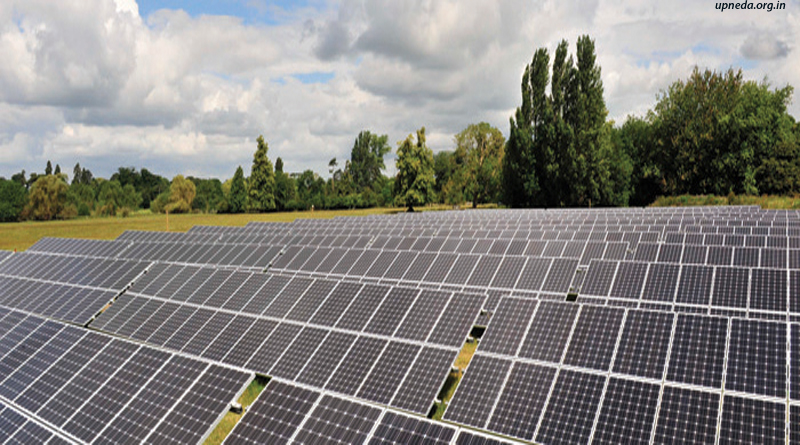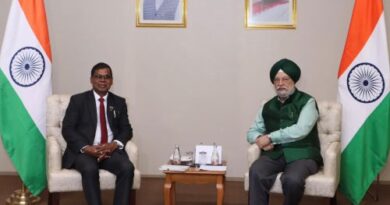Draft Guidelines for Solar Parks in Uttar Pradesh Issued

The Uttar Pradesh New and Renewable Energy Development Agency (UPNEDA) has issued a draft with guidelines for setting up of private solar parks in the state. This comes after incorrect reports were circulated that any private company can develop a solar park in the state either through an MNRE grant or on its own.
“The Uttar Pradesh state government will provide support in grid strengthening for development of private solar parks. The state through its distribution company (DISCOM) Uttar Pradesh Power Corporation Limited (UPPCL), will offer to purchase 100 percent power generated from the solar park. The state will also allow the sale of entire energy generated to any third party through open access from such a solar park,” reads the draft guideline on its opening page.
As per the draft, for different arrangements, a separate set of guidelines will need to be followed. The notable arrangements and their respective guidelines are mentioned below.
1. In case a solar park is being developed with MNRE support and all its power is being bought by the UPPCL, then the following clauses will apply:
•No state agency will have any equity share in this.
•The private player will be the solar park developer.
•The solar park developer will be responsible for land acquisition for park development.
•Minimum capacity must be 50 MW and maximum will be 200 MW.
•MNRE grant of up to 30 percent of project cost or Rs.1.2 million/MW will be made available to park developer.
•Park developer will be chosen through bidding.
•State transmission utility (STU) will provide the transmission infrastructure.
•The developer will have 18 months to develop the solar park.
2. In case a solar park is being developed with MNRE support, but power is to be sold to the third party, then the following clauses will apply:
•No state agency will have any equity share in this.
•The private player will be the solar park developer.
•The solar park developer will be responsible for land acquisition for park development.
•Minimum capacity must be 50 MW.
•MNRE grant of up to 30 percent of project cost or Rs.1.2 million/MW will be made available to park developer.
•Park developer will be chosen through bidding.
•State transmission utility (STU) or central transmission utility (CTU) will provide the transmission infrastructure.
•The developer will have 18 months to develop the solar park.
3. In case a solar park is being developed without MNRE support, the following clauses will apply:
•No state agency will have any equity share.
•The solar park developer will not be provided with any MNRE support.
•The solar park developer will be responsible for land acquisition for park development.
•A consortium can apply to UPNEDA to develop the park.
•Minimum capacity will be 100 MW.
•To gain long-term open access, the park developer will have to apply to MNRE.
•Once MNRE accepts the application and provides the project solar park status, the park developer must submit records of land acquisition to MNRE.
•Solar park developer will be responsible for connectivity of the solar park to the grid.
•In special circumstances, if an appropriate tract of land is not available, there is provision to reduce capacity at one site to 50 MW, but the solar park developer will have to develop another park for the remaining 50 MW at a separate location.
•The park developer will have 24 months to complete the project.
Last year, the state government set a target of 10,700 MW solar capacity in the next four years in its new solar policy. 40 percent (4,300 MW) of which the state plans to achieve from rooftop solar installations. Once this draft is finalised with all the guidelines, the state expects to witness a marked improvement in the state’s solar sector. The draft is open for comments up to July 31, 2018, ie, till Tuesday in the coming week.
We believe the minimum 50 MW size demand itself is onerous, as that will typically require adjacent land parcels measuring close to 125 acres in most circumstances, not an easy task anymore in a state with relatively fertile land in most areas, not to mention fragmented land holdings. Thus, another policy that comes with an in-built fail mechanism, in our view.
copyright:iamrenew.com




